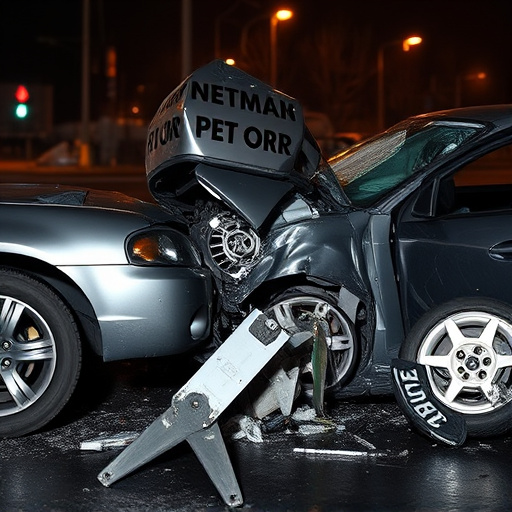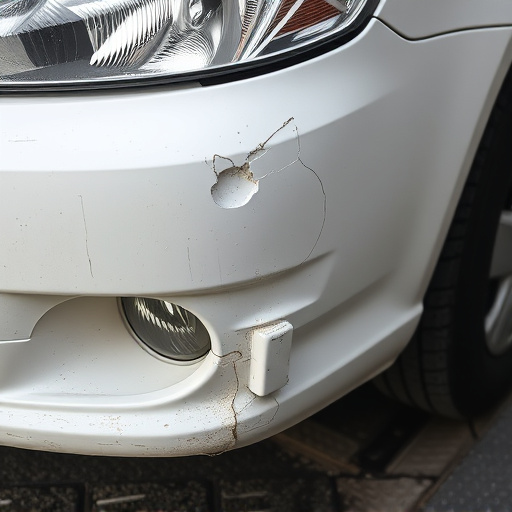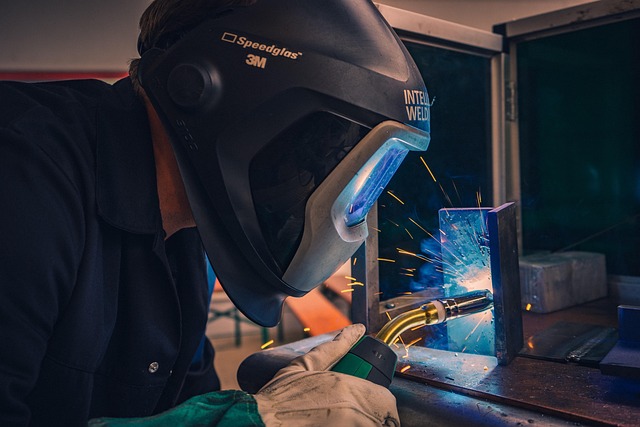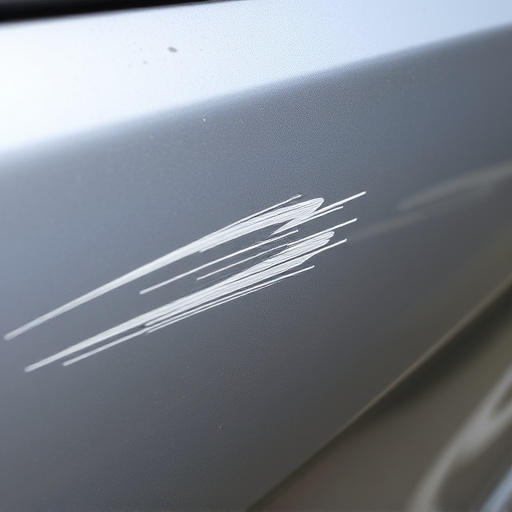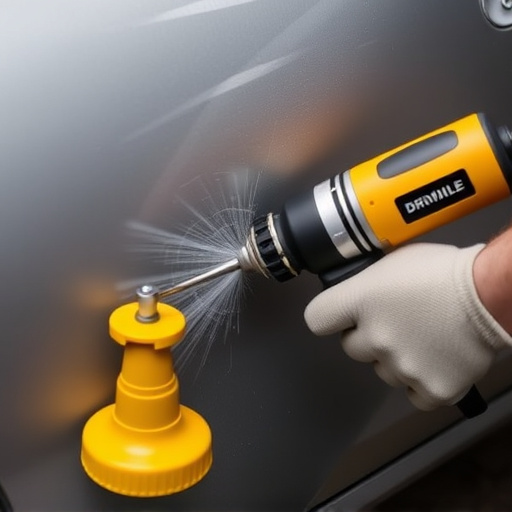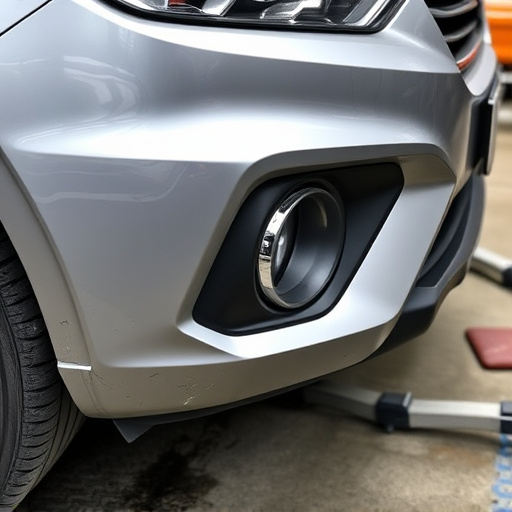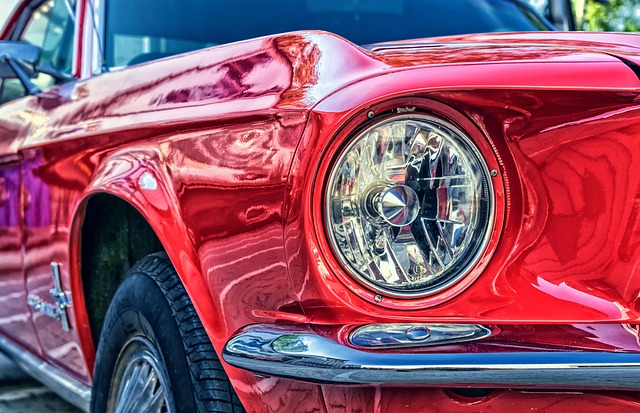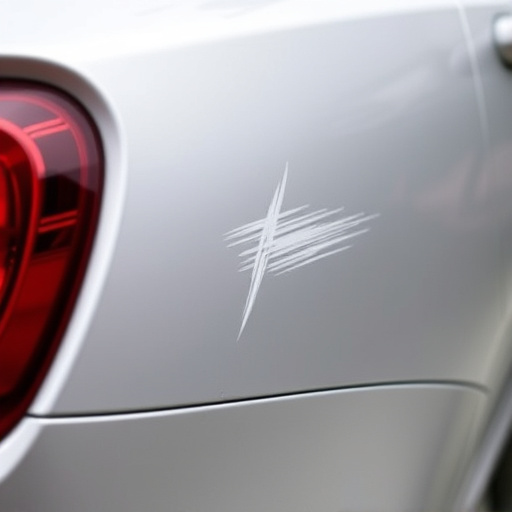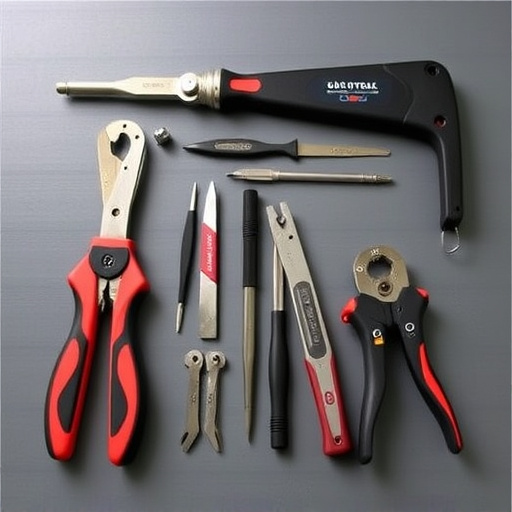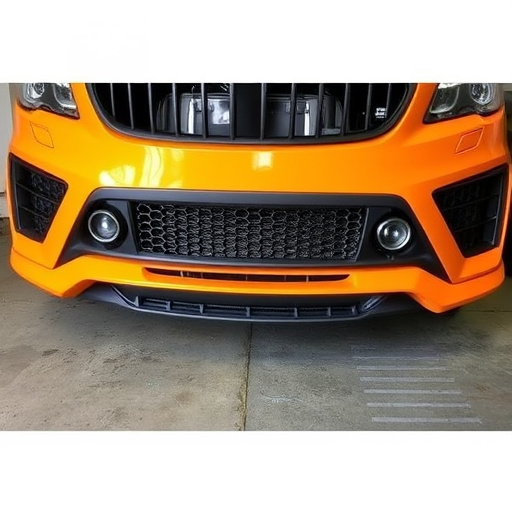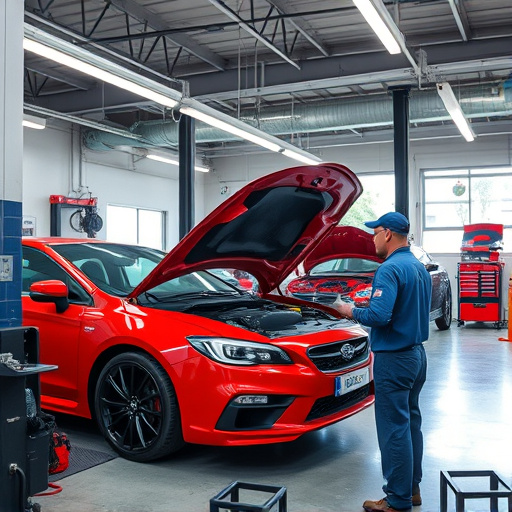Vehicle dent fixing involves a meticulous process starting with damage assessment using specialized tools, followed by techniques like manual popping or machine dent repair. After preparing and cleaning the area, a filling compound is applied and shaped, then precisely painted to match the car's original finish. Modern methods make it more accessible and affordable to repair minor dents, enhancing aesthetics and value through effective body repair. Regular washing and waxing ensure long-lasting results.
Vehicle dent fixing is a process that restores damaged car exteriors to their original condition. Whether from minor bumps or significant impacts, understanding the basics and anticipating the steps involved can ease concerns. This article breaks down the entire vehicle dent fixing process, clarifies common misconceptions, and offers aftercare tips for a seamless repair experience. By familiarizing yourself with these insights, you’ll be better prepared when considering vehicle dent fixing services.
- Understanding Vehicle Dent Fixing: The Basics
- The Step-by-Step Process of Repair
- Common Misconceptions and Aftercare Tips
Understanding Vehicle Dent Fixing: The Basics

Vehicle dent fixing is a process that repairs dents and dings in car bodies, restoring them to their original condition. It involves several steps, from assessment to final finishing touches. Typically, the process begins with identifying the extent of damage using specialized tools and techniques. Once the dent’s size and location are determined, technicians choose the appropriate method for removal—whether it’s using a special tool that pushes out the dent or applying heat to shrink the metal back to its original shape.
Common methods include manual popping, where a trained technician manually applies pressure to pop out the dent, and machine dent repair, which utilizes specialized equipment for precise results. After the dent is removed, the affected area might require some vehicle paint repair to match the car’s original finish. This can involve sanding, priming, and repainting the damaged section, ensuring a seamless fit with the rest of the car’s bodywork. Even minor repairs like bumper repair can significantly enhance the vehicle’s appearance and overall value.
The Step-by-Step Process of Repair

The process of fixing a vehicle dent involves several meticulous steps designed to restore your car to its pre-damaged condition. It begins with an assessment to determine the extent of the damage and the most effective repair method. This could range from simple techniques like using a hammer or air compressor for minor dents, to more complex processes such as panel replacement or extensive paint repair for deeper impacts.
Next, the dented area is thoroughly cleaned and prepared. This involves sanding and priming the surface to ensure optimal adhesion for the subsequent coating. Once ready, a specialized filling compound is applied, shaping it to match the surrounding panel contours. After allowing the compound to cure, a fine layer of paint is carefully applied, matching the exact shade and finish of your vehicle’s original paint job. This meticulous process not only hides the dent but also ensures your car retains its aesthetic appeal and value through effective vehicle body repair and automotive repair.
Common Misconceptions and Aftercare Tips
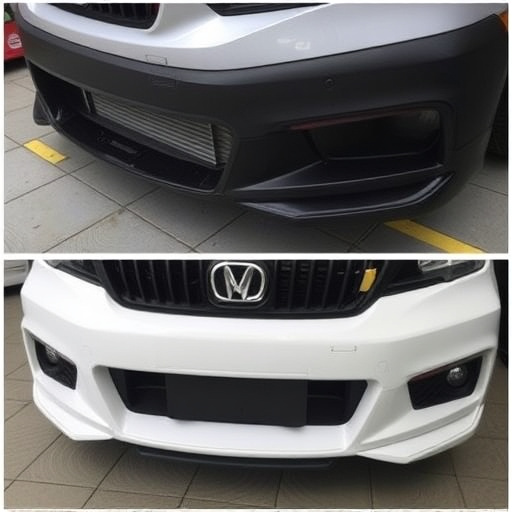
Many individuals hold misconceptions about vehicle dent fixing, often assuming it’s a complex or expensive process that requires specialized equipment. However, modern techniques have made dent removal more accessible and cost-effective than ever. Most minor dents can be repaired with relatively simple tools and expertise, ensuring your vehicle looks as good as new without the hefty price tag associated with collision repair services.
After your Mercedes Benz repair or car scratch repair session, proper aftercare is crucial. Avoid exposing the repaired area to extreme weather conditions, such as direct sunlight or freezing temperatures, for at least 24 hours. Gently clean the surface with a soft cloth and avoid using any harsh chemicals or abrasives that could damage the finish. Regular maintenance, including washing and waxing, will help maintain the repair’s integrity and ensure your vehicle retains its sleek appearance over time.
Vehicle dent fixing is a precise process that can restore your car’s appearance. By understanding the basics, following a structured repair process, and addressing common misconceptions, you’ll be well-equipped to achieve professional-looking results. Remember, proper aftercare ensures longevity, so take care to maintain the fix and enjoy a smooth, dent-free ride.
